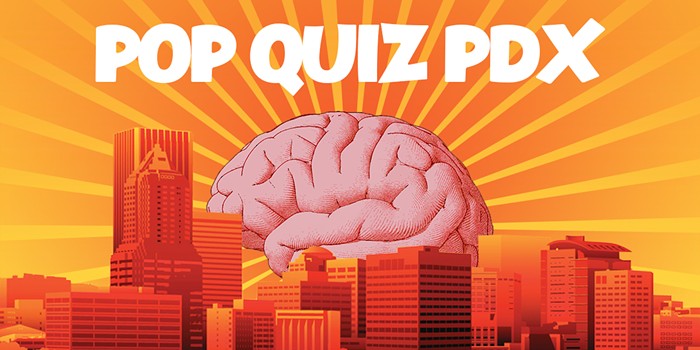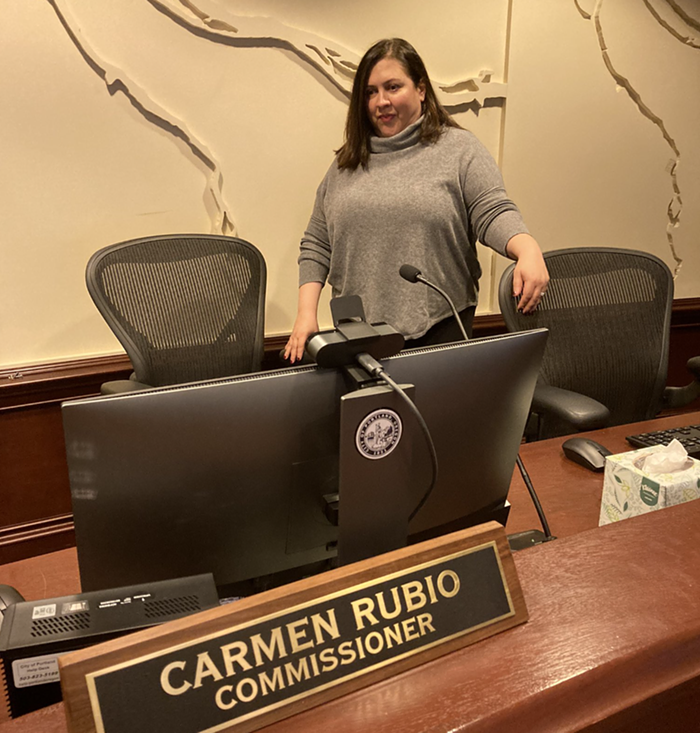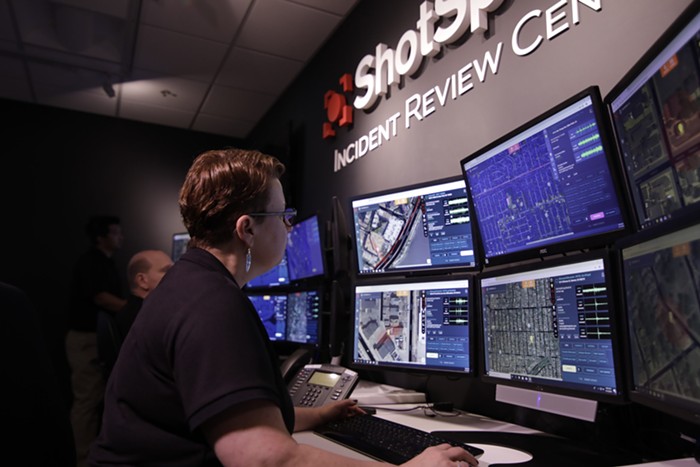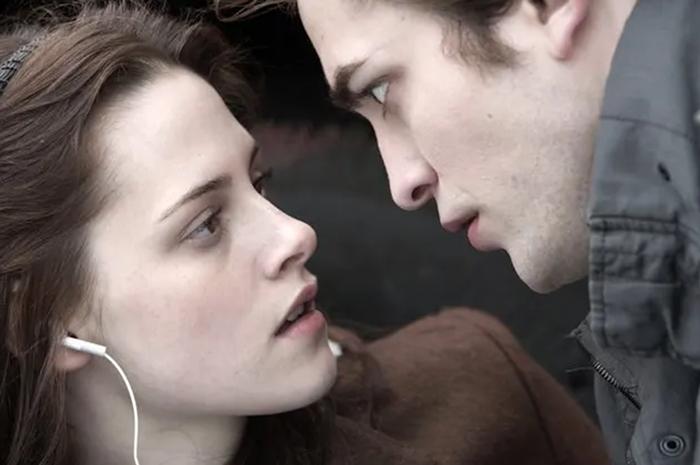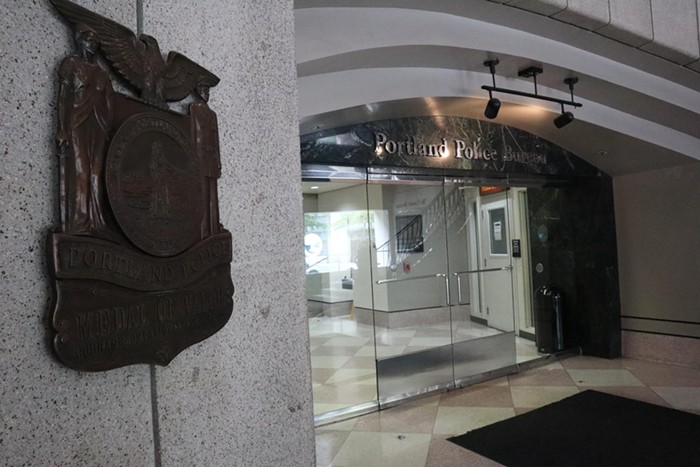BEFORE SUB POP was a record label, it was a manifesto—a call for decentralized local art scenes shouted from the pages of a photocopied zine distributed by Bruce Pavitt. In 1979, Pavitt left his hometown of Park Forest, Illinois, for Olympia, Washington, to attend the Evergreen State College. Upon arrival in Olympia, he started a radio show on KAOS, Evergreen's community radio station, called Subterranean Pop, which led to the first Subterranean Pop zine in May of 1980.
That zine—the title shortened to Sub Pop by its third issue—was an effort to fight corporate homogenization of culture by exposing regional music and art scenes throughout the US. The zine consisted of scene reports, local music news from the Pacific Northwest, and reviews of albums and zines that were coming out on the fringes. In 1983, Pavitt moved to Seattle to start a record store, taking his radio show to KCMU (now KEXP), turning his zine into a column at the music-focused free paper The Rocket, and eventually turning Sub Pop into a label in 1986.
This week, Bazillion Points releases Sub Pop USA: The Subterranean Pop Music Anthology, 1980-1988, which collects all nine issues of the Sub Pop zine and five years of Pavitt's Rocket columns. Emailing from his home on Orcas Island, Washington, Pavitt calls the collection "possibly the broadest and deepest collection of indie reviews from the '80s out there." The book makes it clear that there was once an expansive American underground music scene, and only a small fraction of it is remembered today. "Many of the recordings listed have been lost in time," says Pavitt.
The book also reveals connections between seemingly disparate scenes and artists. The cassettes that accompanied the later issues of the zine covered everything from Jad Fair to Mydolls to Portland favorites like Neo Boys and Wipers. Cartoonists Charles Burns and Lynda Barry both contributed art. And most wouldn't guess that the beginning of Sub Pop happened right alongside and often in collaboration with K Records.
Pavitt acknowledges that today the internet does a lot of the work of bringing people together, but adds, "Most culture still evolves organically out of local or regional scenes, and the spontaneous inspiration that comes from interacting with other creative people." Sub Pop USA is a testament to that, showing that artistic revolutions can come from unlikely places.


